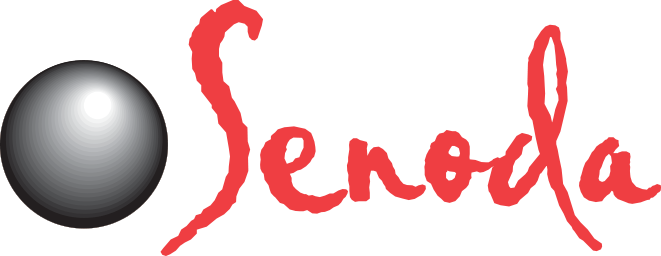A Guide to Print Binding
So it’s going to be a booklet or book? Whether it will be a 2 page or a 60 page, how do you design something that will be bound? It’s important to know how you are binding before you start designing.
First things first, what types of binding can you get?
Perfect Binding
Perfect Binding is a soft-cover book binding that is commonly used for books, annual reports, manuals, catalogs and thicker brochures. It can accommodate hundreds of pages up to one and a half inches thick. The square edge of the binding allows for the title or other information to be displayed on the spine.
Tape Binding
Tape Binding is similar to Perfect Binding, but more affordable. The major difference is this does not allow for printing on the spine, but it still produces a perfect bound book.
Coil Binding
Coil Binding, better known as spiral binding, is a common book binding method. These bound books can open flat and offer a 360 degree rotation for note taking. This binding method is great for documents that get heavy use.
Twin Loop Binding
Twin Loop Binding, also known as wire-o binding, offers the same benefits of coil binding, but with a more sophisticated look.
Comb Binding
Comb Binding is a great binding options for business plans, corporate minutes, financial statements, user guides or anything that needs an attractive, quality look. This type of binding does allow the document to lay flat, but does not allow for the 360 degree of rotation like the coil or twin loop binding.
Saddle Stitch Binding
Saddle Stitch Binding is the most common method of book binding. The method staples or “Stitches” the sheets together. This binding method works with booklets and publications with 64 pages or less, including programs, calendars, newsletters, direct mailers, and much more.
Staple Binding
Staple Binding is a simple and cost effective way to bind your materials. Documents are typically stapled in the upper left corner or along the left edge of the document.
Now, How do I setup my files for binding?
Once you’ve chosen the method of binding that best suites your needs, your next step is to know what you need to do to help your printer meet your expectations. No matter which binding method you use, you must always send a high resolution pdf as single pages with bleed and crop marks.
What most people don’t realize is that when setting up any other type of file for binding other than Saddle Stitching, make sure you have full bleed on all sides. This means you can not have 2 pages together when creating your final pdf, each must have it’s own bleed on all sides.
If file is set up as spreads like shown, the bleed will look like:
An example of each page as a spread.
Example of an overhang from the following page.
This works okay for Saddle Stitching, since the pages will print side by side (like how the file above looks) the bleed towards the spine is not as critical. The other binding methods print as single pages, so having the full bleed on all sides is critical. In these instances, set your pages in your document to be single pages, not spreads. This way each page of the file can have full bleed.
Example of each page as a a single page (not spread).
Example of no overhang from the following page.
If you understand how to design your document properly for what type of binding you are designing for, you will be bound to be successful.











